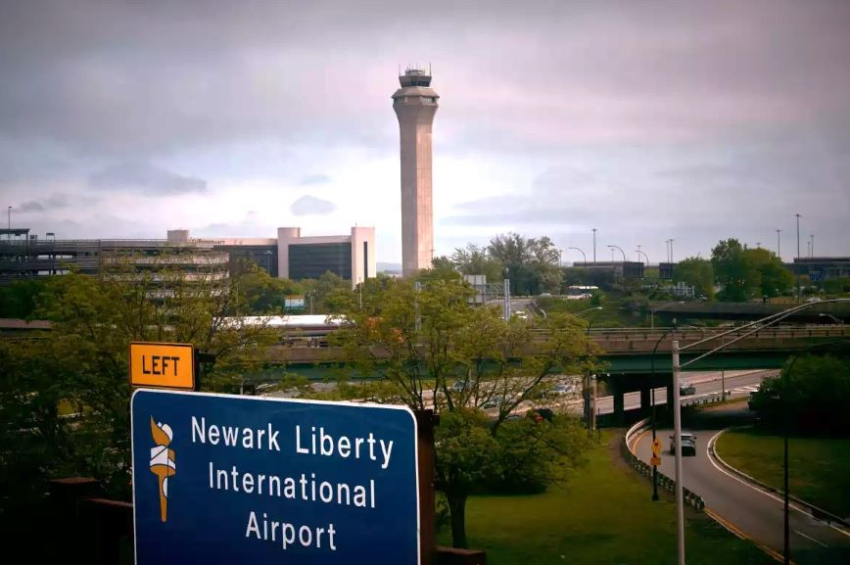U.S. Transportation Department launches bold plan to modernize air traffic control
The U.S. Department of Transportation and the Federal Aviation Administration (FAA) have unveiled a sweeping plan to modernize the nation's aging air traffic control (ATC) infrastructure, describing it as “once-in-a-generation.”
At a 3 June briefing in Congress, Transportation Secretary Sean P. Duffy and acting FAA Administrator Chris Rocheleau announced they were looking for a private-sector “integrator” to lead the replacement of the digital infrastructure for the country’s air traffic control system.
“No more floppy disks or paper strips,” Rocheleau said in reference to the data storage and transfer disks developed in the early 1980s.
The two officials admitted that technology from the 20th century is still very much in use today — including, floppy disks, paper flight strips, and computers running Windows 95, which launched back in 1995.
The plan emerges as a result of recent outages at the Newark Liberty International Airport in New Jersey — stemming from radar and communications failures — which caused hundreds of cancellations and substantial disruption past week.
More to read:
Ryanair will start flights from Paris Orly in 2025
“These incidents highlight decades of underinvestment,” Secretary Duffy explained to House Appropriations Committee members, aiming to ask Congress for “tens of billions of dollars” to replace more than 600 radars, tarmac anti collision systems at 200 airports, build six new ATC centers, expand ADS B surveillance, and ditch copper-based communications.
The administration led by Donald Trump intends to complete this project within four years – which is very ambitious within such timeframes, given that the effort to retire antiquated systems must be made while keeping the system operational.
The U.S. air traffic system and the transportation sector as a whole come in stark contrast with their counterparts in China and Europe – the most appropriate regions to compare.
China has embarked on a sweeping modernization of its ATC infrastructure. Under the Civil Aviation Administration of China’s ATM Modernization Strategy, the system now uses automated trajectory-based operations, AIDC handovers, civil–military airspace integration, and performance-based management.
More to read:
Did Russia plot to send ignitable devices by air to U.S. and Canada?
Additionally, high-profile projects like the rollout of ADS B surveillance (e.g., Shanghai and Hongqiao airports) utilize virtualized, redundant platforms that improve both safety and uptime.
Europe, under its Single European Sky initiative, has made steady progress in centralized traffic flow management via EUROCONTROL. Unlike the U.S.’s single-provider model, Europe operates with nearly 40 national ANSPs, which introduces regulatory fragmentation and system divergence.
Compared to the U.S., the European Union emphasizes strategic flow planning — often weeks in advance — with slot-controlled airport operations, yielding generally lower delays. Conversely, the U.S. system is more tactical, dynamically adjusting to conditions with real-time management.
China and Europe are both steadily moving toward 21st-century ATC. The U.S. ambition to overhaul its system is long overdue — but faces legacy-system inertia, political hurdles, and high cost. Bridging the gap will require more than funding — it demands decisive leadership and cross-sector collaboration, something the Trump administration has yet to deliver.







